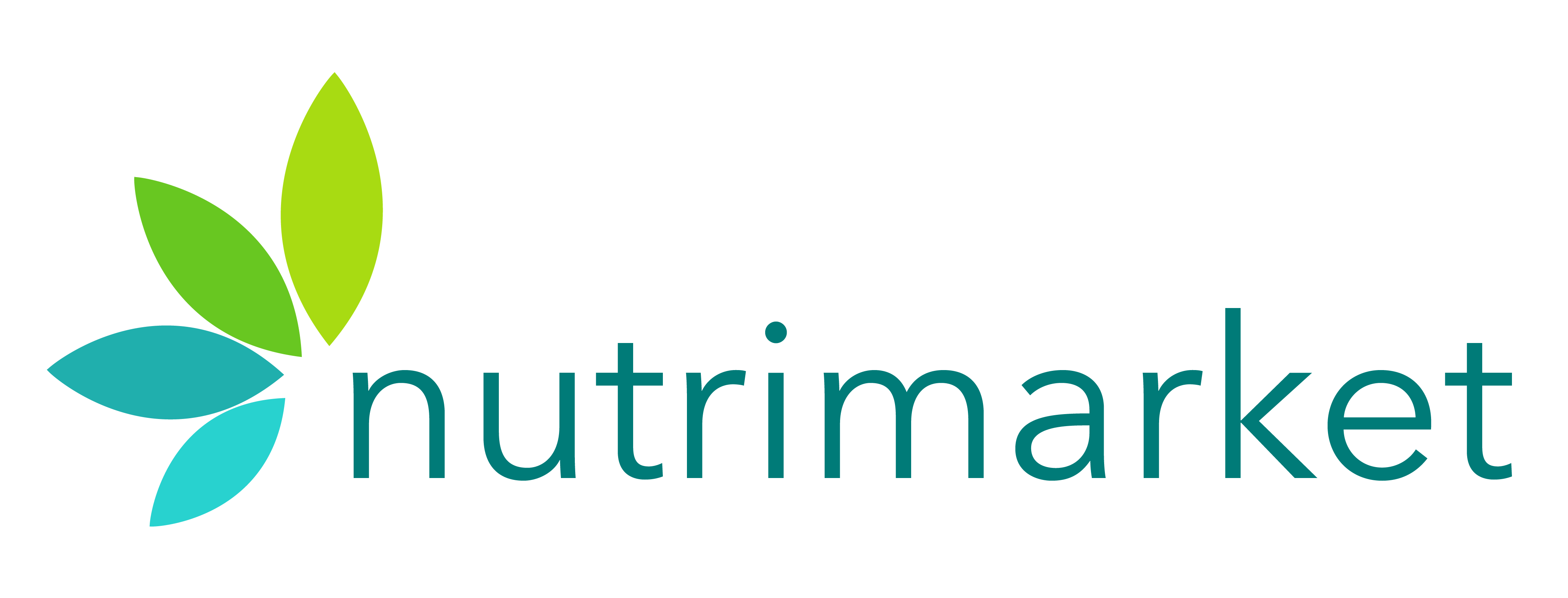Have you ever wondered if the cosmetics you're using are really safe? The “Skin Deep Cosmetic Database" can help you discover what's lurking behind complicated chemical formulas.
This independent database compiled by the Environmental Working Group ranks the toxicity of cosmetic ingredients from 1 to 10 and most people in the beauty industry take their assessment seriously.
Here are the 10 ingredients to avoid and exclude from your beauty regime immediately.
1. Lead
Lead is a neurotoxin that's notoriously found in cosmetics. A study from 2007 discovered that 61% of lipsticks contained lead, including products by Procter & Gamble, L’Oreal, Revlon and Body Shop.
2. Parabens
Despite potentially contributing to cancer, parabens are found in almost every product that contains water! Danish scientists believe that parabens ‘could potentially contribute to adverse health effects.’
3. Phthalates
Even if you don't see this name among the ingredients, beware - this harmful ingredient is often listed as "fragrance". Several studies have found that phthalates may have some effects on hormones. They also end up in the bloodstream, even when applied topically.
4. Sodium Lauryl Sulfate (SLS)
This common ingredient responsible for foaming is a known irritant. Additionally, it is often contaminated with 1,4 dioxane during the manufacturing process. This unwanted substance may be carcinogenic and has been linked to negative effects in the kidneys, liver and central nervous system.
5. Toluene
Toluene is often use in nail polish, as well as in paints and paint thinners!
There are serious concerns about the effects the substance can have on your nervous system. Symptoms can include headaches, dizziness, or unconsciousness.
6. Oxybenzone
The Environmental Working Group discovered that 56% of sunscreens contain this ingredient. As it turns out, the very product that's supposed to protect our skin might actually do more harm then good - toxicology experts suggest that oxybenzone is related to hormone disruption and plays a role to cell damage that may lead to skin cancer.
7. Dibutyl Phthalate or DBP
DBP is commonly found in nail products and hairsprays. The substance is suspected to interfere with hormone function, and subsequently, might negatively impact fertility and harm the pregnancy.
8. Petrolatum
Petrolatum is also known as petroleum jelly. Although it's been a long-time favourite in skincare, valued for healing and moisturizing properties, there have been some concerns about its safety. The European Union placed various grades of petrolatum on the dangerous substances's list. EWG also believes that cosmetics containing petrolatum should be more thoroughly screened for contamination.
9. Triclosan
Triclosan is often used in toothpaste, antibacterial soaps and body washes.
The ingredient is known to be an endocrine disruptor and it's suspected to be a carcinogen. As a lipophilic, it's been found to bioaccumulate in human fat cells for extended periods of time. Triclosan has been detected in human breast milk, blood, and urine.
10. Aluminum
This common ingredient of deodorant has been linked to Alzheimer’s disease and brain disorders and might play a role in breast cancer when absorbed by the skin.
It's very likely that you've been using these ingredients for years now. Perhaps they are lurking in your favourite beauty products. It might be difficult to let go, but with so many safe, organic alternatives available on the market, why take the risk?
Are you ready to put your cosmetics to the test? Pick up your favourite beauty product, check the ingredients, and let us know: are you relieved or shocked but what you've discovered?

